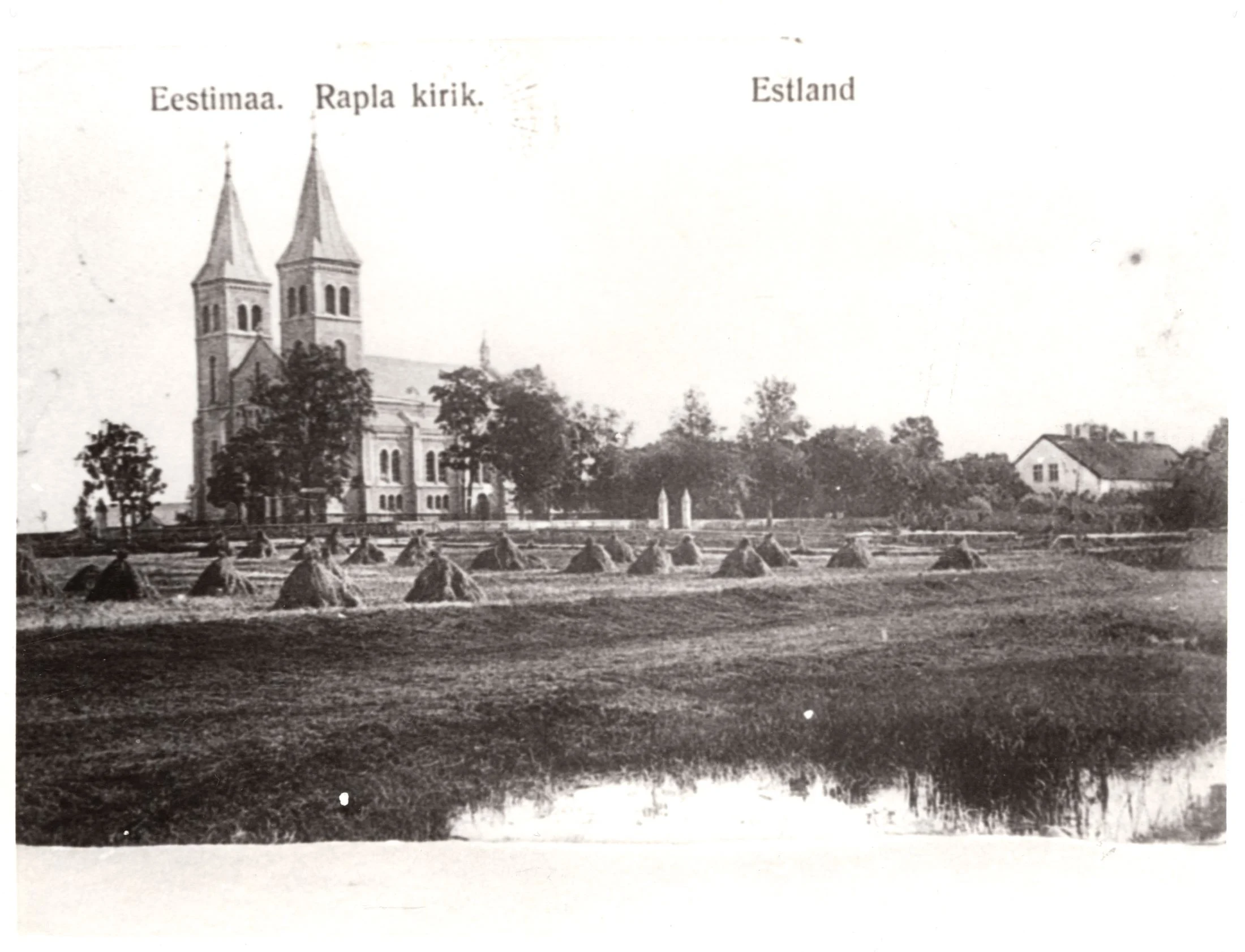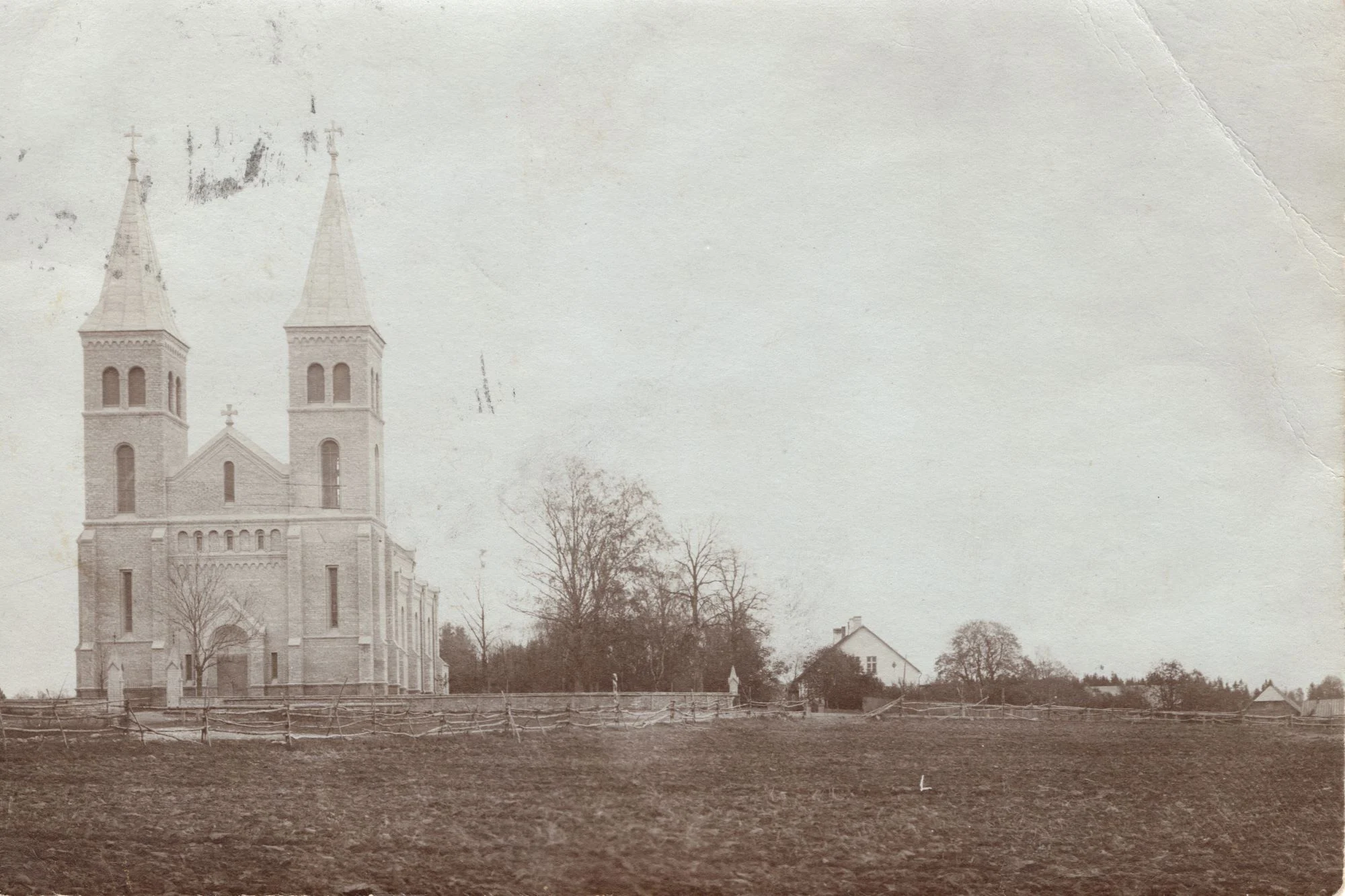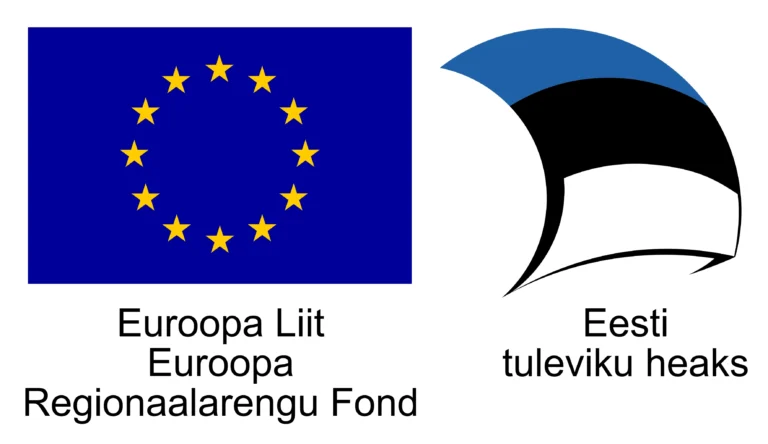Exciting facts from Raplamaa
Milestones of Raplamaa

The city hill of Keava is mentioned in the chronicle 100 years earlier than the city of Tallinn

A thousand years ago, the trade route from Novgorod to Persia went through the Raplamaa area. To secure the trade route, Varbola Country Town, the most powerful ancient castle in the Baltics, was built in Varbola in the 12th century.
The town of Rapla was first mentioned in 1241 as a village of eight arable land in Rapa
1343. The George's night uprising started in the Raplamaa area, which was the resistance of Estonian nobles and Danes to the German order

There were many gorgeous manors and famous landlords in Raplamaa: the Uexkülls, the Fersens, the Keyserlings, the Wrangels

The oldest works of art in Estonia, the bas-reliefs from Pompeii, are located in Vana-Vigala Manor

Rapla is the only country church with two towers in Estonia
1858. year the Mahtra war was fought, where the servants of the Mahtra manor took action against the landlord due to a tenancy prohibited by law
The Rapla pharmacy has been operating since 1866 and the hospital since 1889. since
The railway connection with Tallinn and Viljandi was already established in 1900
The municipality of Märjamaa has an exceptionally high concentration of folk dancers - every third person dances
On the Paka mountain in Raplamaa, the Estonian elders held their meetings, or the Raikküla riots
In Raplamaa, the world's rarest locust trees grow
In Märjamaa municipality, Sipas, Estonia's thickest sacrificial maple tree grows. The thickest juniper in Estonia grows in Metsküla and in Kivi-Vigalas widest island.
The circumference of the Stone King of Estonia in Pahkla is 29.5 m, height 4.4 m. The stone has a flat surface of 50 m², on which, according to folklore, the Pahkla manor Germans used to party
The Rapla bridge was built at the turn of the 19th and 20th centuries. Before that, those heading towards Tallinn drove either over the wooden bridge located in the same place or directly through the river
There is a 1035 m long go-kart track in Rapla, which is a suitable competition venue for go-karts, cars and motorcycles.
Rapla county has one city, Rapla, and three small towns: Kohila, Märjamaa and Järvakandi

Raplamaa is home to the glass capital of Estonia - Järvakandi
The bogs around Kaiu are said to be the most UFO-rich areas in Estonia, where strange sights are constantly seen. There is a lot of mysticism in Raplamaa
Raplamaa is the home of the happiest people in Estonia, according to a study conducted at the University of Life Sciences in 1998
Raplamaa in numbers
The area of Rapla county is 2765 km².
The population is 33,311 (01.01.2019), which is 12.0 inhabitants per square kilometer.
The county center Rapla is located 48 km from Tallinn.
Raplamaa shares a place in the heart of Estonia with Järva County. Neither county has any sea or external borders.
Raplamaa is, both literally and figuratively, a place for Latvians, where whole rivers originate, but also new thoughts and even schools of thought.
You can drive through Raplamaa in a short time along the Tallinn-Pärnu or Tallinn-Viljandi highway. However, the driver only needs to take a short detour to a side road and reach new discoveries step by step.
Our Raplamaa
Today, the beautiful nature and relatively peaceful living environment attract many capital city residents who are tired of the noise of the big city to build their homes here. However, the same thing happened several centuries ago, when manors were born. Manor historians appreciate the architectural uniqueness of the manors here and distinguish the golden circle of Raplamaa manors accordingly.
The areas and people here have always been a sensitive reflection of the development of Estonia, whether it is the meeting place of ancient elders, the beginning of the greatest uprising of the Middle Ages or the source of the Estonian epic. In the 1950s, the largest organization of forest brothers was born here, which fought against the Soviet occupation.
Raplamaa has also played the same role in newly independent Estonia, it was here that, for example, the Kaitseliit was restored and the village movement or ecotourism, now spread across the country, began to develop.
The nature of Raplamaa is characterized by large marsh areas and dense forests. Forests cover nearly half, while swamps and swampy areas cover about a third of the county.
Raplamaa is largely located in the Paelava area. In the northern and central parts, you can find fertile fields and large karst areas, but in the Vigala region, the soil is a steep loam layer, into which entire buildings once sank.
In the municipality of Märjamaa, the world’s rarest fragile locus trees grow on the pae, but in the municipalities of Kaiu and Rapla, the biggest karst caves of Kuimetsa and Pae are located in Estonia.
Near the town of Märjamaa, one of the most exciting karst phenomena can be seen. In the spring, the ground squeezes lake-fulls of water on the otherwise waterless meadows, which have come to be called järtäs. In a year with a lot of water, the water also floods the yards and basements of nearby houses.
At one end of the county, in Käru municipality, tall coniferous forests, but in the western part of Märjamaa you can already find the typical western Estonian junipers. However, Kehtna parish has been encroached upon by what seems to be a flat piece of the hilly landscape of southern Estonia, including the highest hill in western Estonia, Paluküla Hiiemägi, which is 106 m above sea level.
Seven rivers of three river basins (Keila, Pärnu and Kasari) originate from the marshes of Raplamaa. Forests and swamps provide a habitat for many animals and birds. All Estonian wild animals live here, such as wolf and lynx, bear, wild goat, wild boar and moose. In the marshes of Raplamaa, there are places where it is possible to observe the spring mating game of wild boar and grouse, and where black storks or bald eagles live, shy of humans.
Many different communities and endless transition zones grow rare plants. Of the 36 orchid species found in Estonia, 25 species have been found in Raplamaa.

